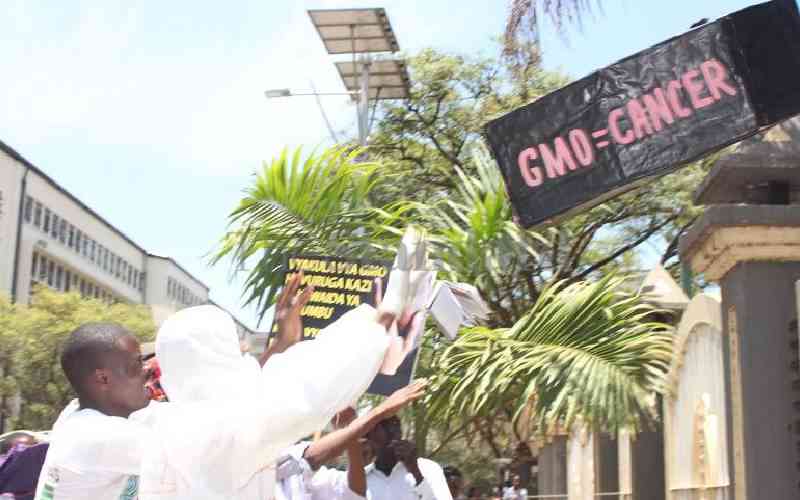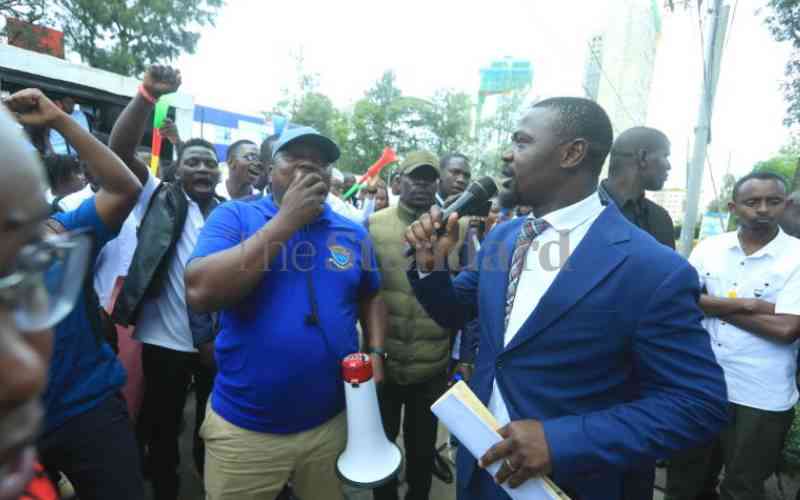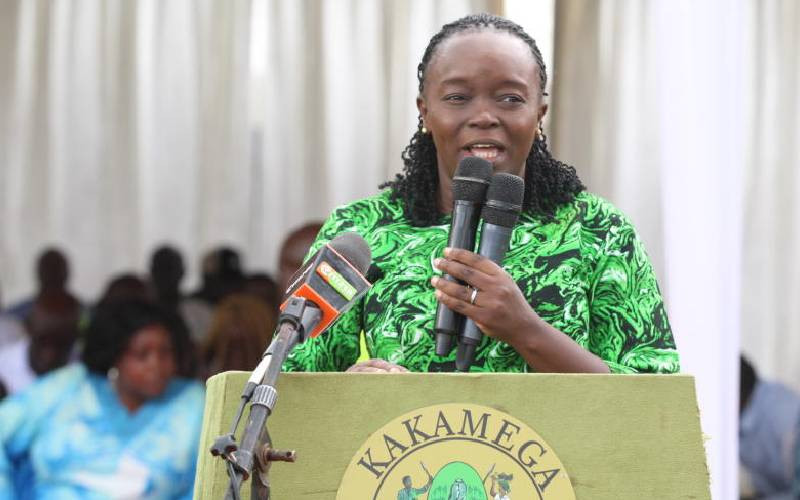
Most people know the biblical parable of the Good Samaritan. It is a story of how people looked the other way and ignored a man who had been injured by robbers and was on the verge of the death by the roadside.
A Samaritan who was finally moved by the bleeding man, is to date viewed as the epitome of kindness by the Christian community and hence the phrase Good Samaritan.
Sadly, Good Samaritans, if they still exist, are few and far between. Just ask any accident victim.
Jackson Wambua, 37, had to wait for hours before he could get help after he was knocked down by a speeding truck while crossing the road near Pumwani Maternity Hospital at 11am on November 5 last year.
Groaning in pain and bleeding profusely, the father of four pleaded with passersby to assist him get to hospital, but like biblical priests and Levites, most looked the other way.
For over an hour, motorists who were flagged down to assist him sped away.
“None of the people with cars bothered to stop. Seeing that I was losing a lot of blood and I was staring at death, I said my last prayer,” Mr Wambua said.
But shortly after he despaired, a Good Samaritan arrived, pulling a hand cart. He was moved by the sight before and immediately volunteered to rush Wambua to a private medical facility.
“It was the most uncomfortable 30-minute ride, considering that I was in deep pain. I arrived at the clinic in Eastleigh, where an ambulance rushed me here (Kenyatta National Hospital),” said Wambua.
Twenty-eight year-old Martin Murage, who is in an adjacent ward has a similar story. He was hit by a lorry early this year on Outering Road in Eastlands, and passed out shortly after.
“I was told by a relative who rushed to the scene that I lay motionless for over two hours. No one was willing to take me to hospital as I was all muddy and bloody. An ambulance later ferried me here,” recounted Murage who broke a leg and an arm.
The story is eerily similar for most of the other hit-and-run accident victims who are admitted in the three overcrowded wards on the sixth floor of the main KNH building. Each of the wards has over 120 patients, despite the fact that a ward has a capacity of about 32 patients, forcing nearly 100 patients to be attended to while lying on stretchers.
But, pray, why have Kenyans become so callous? The few Good Samaritans we spoke to said they were not happy with the way they were treated by police officers after their heroic attempts to save lives. *Samuel (not his real name) said he once assisted an accident victim in Nairobi. The victim, unfortunately, passed away before they could get to hospital.
“As a law-abiding citizen, I drove to the nearest police station with the body to record a statement. But I was demoralised because despite trying to help the victim, the officers treated me like a suspect,” he said.
Another one who also requested anonymity said: “I once assisted a man who was knocked down on Mombasa Road and I rushed him to KNH. The paperwork involved and the time I spent in court as a witness in the case just put me off. It is highly unlikely I will help any injured person again.”
However, KNH refutes allegations that Good Samaritans have to fill many documents when they take accident victims to the hospital.
“There is not so much paperwork involved. It is only one sheet of paper that is filled. All a Good Samaritan has to give when they bring in an injured person is their personal details, including their telephone numbers,” said KNH Communications Officer Kibet Mengich, who added that they are also required to state whether they were witnesses/Good Samaritans or were responsible for injuring the victims.
Nairobi Traffic Commandant Edward Mwamburi explained the procedures involved when an accident victim is rushed to hospital by a member of the public.
“The hospitals give us the details of those who bring in the victims, who we will procedurally require to record statements, which is critical,” he said.
“Those who cannot record the statements in person because they are in a hurry can do so at a later time or even on phone,” clarified Mr Mwamburi, who however emphasised that it is always advisable to contact the authorities in case of an accident as the handling a victim by untrained person can aggravate their injuries.
According to the National Transport and Safety Authority (NTSA), out of the total 3,057 people who died in road accidents in 2015, a total of 786 were victims of hit-and-run accidents.
“The fatality rates can come down if more Kenyans came out to help and rush the victims to hospital,” said Dominic Kabiru, NTSA deputy director of corporate communications.
 The Standard Group Plc is a multi-media organization with investments in media platforms spanning newspaper print
operations, television, radio broadcasting, digital and online services. The Standard Group is recognized as a
leading multi-media house in Kenya with a key influence in matters of national and international interest.
The Standard Group Plc is a multi-media organization with investments in media platforms spanning newspaper print
operations, television, radio broadcasting, digital and online services. The Standard Group is recognized as a
leading multi-media house in Kenya with a key influence in matters of national and international interest.











